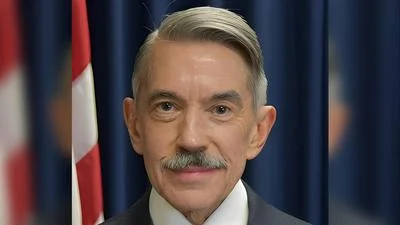WASHINGTON, DC - The House Energy and Commerce Oversight and Investigations Subcommittee today held a hearing to review the growing concerns of prescription drug and heroin abuse. Subcommittee members heard from representatives from the Drug Enforcement Agency (DEA), the Office of National Drug Control Policy (ONDCP), the Centers for Disease Control and Prevention (CDC), the National Institutes of Health (NIH), and the Substance Abuse and Mental Health Services Administration (SAMHSA). Although recent high-profile incidents have drawn national focus on the issue, members and witnesses discussed the magnitude of the problem and how long some communities have been dealing with it.
Acting Director of the Office of National Drug Control Policy, Michael Botticelli explained, “In 2012, approximately 4.9 million Americans ages 12 and older reported using prescription pain relievers non-medically within the past month. This makes prescription pain reliever misuse more common than use of any type of illicit drug in the United States except for marijuana. By comparison, approximately 335,000 Americans reported past month use of heroin. Heroin use remains relatively low in the United States when compared to other drugs; however, there has been a troubling increase in the number of people using the drug in recent years - from 373,000 past year users in 2007 to 669,000 in 2012."
Dr. Nora Volkow, Director of the National Institute on Drug Abuse at NIH said, “Because prescription opioids are similar to, and act on the same brain systems affected by, heroin and morphine, they present an intrinsic abuse and addiction liability, particularly if they are used for non-medical purposes. They are most dangerous and addictive when taken via methods that increase their euphoric effects (the ‘high’), such as crushing pills and then snorting or injecting the powder, or combining the pills with alcohol or other drugs."
Deputy Assistant Administrator of the Office of Diversion Control at DEA, Joseph Rannazzisi said, “The DEA believes the increased heroin use is driven by many factors, including an increase in the misuse and abuse of prescription psychotherapeutic drugs, specifically opioids. Increases in heroin purity and availability, the low street cost of heroin, expanded Mexican Drug Trafficking Organizations’ involvement in the distribution of heroin, and the lack of public awareness of the risks of heroin use are also important contributing factors."
Rannazzisi told Rep. Phil Gingrey, M.D. (R-GA) that the rise in rogue pain clinics has “overwhelmed" both DEA and state and local law enforcement officials. “The pain clinics that we are looking at are absolutely atrocious. There is no medical care, it’s the modern-day crack house," Rannazzisi said.
Click to watch Rep. Gingrey’s exchange with DEA’s Rannazzisi.
Dr. Daniel Sosin, Acting Director of CDC’s National Center for Injury Prevention and Control noted, “For CDC, preventing prescription opioid abuse and misuse will help prevent some cases of heroin abuse. … The burden of prescription drug abuse and overdose not only impacts individuals and families but communities, employers, the healthcare system, and public and private insurers. Addressing this complex problem requires a multi-faceted approach and collaboration between public health, clinical medicine, and public safety at the federal, state, and local levels."





